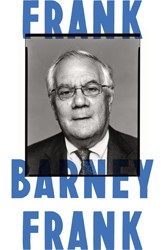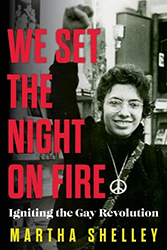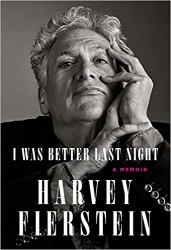Steven Gaines’s memoir opens with a terrifying episode from 1962: his suicide attempt at age 15 in the back of his grandparents’ store in Brooklyn, where a staff of sharp-tongued saleswomen hawk bras and girdles. The scene is particularly haunting because of the way Gaines recounts it, methodically and matter-of-factly, as it felt to him at the time — entirely reasonable and perhaps even inevitable.
Gaines was struggling with the usual teenage traumas — a troubled home life, a difficult adolescence, social awkwardness — but the root of his despair was his homosexuality and inability not only to embrace his sexual urges but to acknowledge it at all to anyone else. He consented to enter a psychiatric clinic; thanks to a wealthy grandfather, he avoided a local snakepit and checked into Payne Whitney, a Manhattan facility with an elite clientele, where he spent several months. That brief but pivotal period is where the bulk of One of These Things First is focused.
A veteran journalist and author of nonfiction books about famous musicians (the Beach Boys, the Beatles) and the lives of rich people in Manhattan, the Hamptons, and Miami Beach, Gaines is an adept storyteller, mixing celebrity gossip (Marilyn Monroe plays a small role; Mary Martin plays a large one) and healthy doses of humor into his recollections. There are difficult scenes, to be sure, as patients are forcibly sedated, mistreated by the staff and one another, and confined to padded cells, but these, too, are treated calmly. The author’s clean and straightforward prose deftly avoids melodrama or sensationalism. He is a sympathetic character in his own story, particularly with the benefit of personal hindsight and decades of societal progress around gay issues, but he does not paint himself as a saint; his Jewish family includes a number of villains of various stripes, but they are depicted as complex characters that eventually come to appear less black-and-white than a troubled teenager might initially view them.
Perhaps the most moving section comes at the end, after his release from Payne Whitney. If life were like one of the classic movies Gaines frequently alludes to in his narrative, there would be a clear change, an epiphany, a happy ending. But in reality, being discharged was not the end of his struggles. Dysfunctional families do not heal overnight, and social problems are not resolved instantly; even if Gaines himself could change, the Brooklyn he returned to was remarkably unchanged, as was the rest of America — especially around gay issues — for many years to come.
Gaines’s brief explanation of his decades-long struggles with his sexuality after Payne Whitney is perhaps the most heartbreaking part of his story. But a brief coda, where he is reunited with the psychiatrist who first treated him, ends the book on a melancholy yet somehow conciliatory note, for Gaines and for gay teenagers everywhere.
Related Content:
- Jewish Queer Narratives Reading List
- Wayne Hoffman’s Gay Jewish Reading List
- 10 Awesome Books from the 10 Days of Awe 5777





